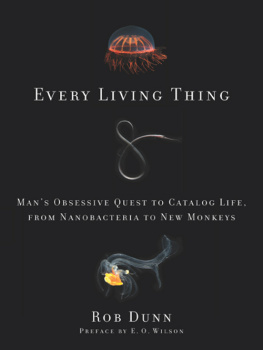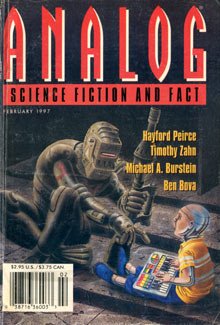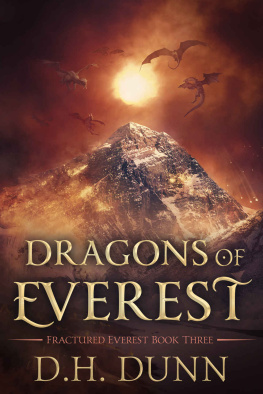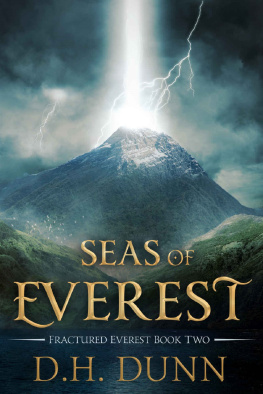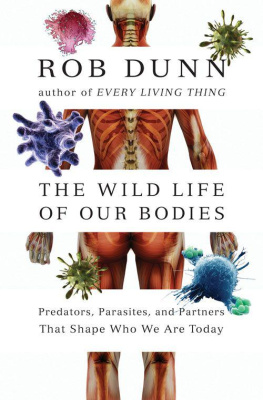T his is an important and timely book for studies in the history of science. Aimed at a broad readership, it identifies what is certain to be a major enterprise of biology through the rest of the present century: the exploration of Earthwhich, it turns out, is still a little-known planet.
Most readers, including a good many biologists themselves, still think that the task of finding and classifying every species of organism has been largely completed. In this very erroneous conception, a new kind of frog or butterfly might indeed seem newsworthy. But in fact, while it is true that perhaps 80 percent of the flowering plants and 95 percent of the species of birds are known, only a small fraction of the far greater diversity of insects and other invertebrate animals have been discovered. Fewer than 10 percent of fungi and many fewer than one percent of microorganisms are known.
Of the species known, less than a tenth of a percent have been studied in any depthand even then across only part of the range of their entire biology. If in-depth examination of such model species constitutes the first dimension of present and future biology, the discovery and study of the full diversity of life can be said to be the second dimension. The third dimension is then the reconstruction of the evolutionary history of each species, called the Tree of Life initiative. Without the second dimension better developed, humanity is flying largely blind in its endeavors to stabilize and manage the living world. We are falling far short of even imagining, much less realizing, the benefits such knowledge can bring to our own species.
In Every Living Thing , Robert Dunn has made a significant contribution to the true picture of biodiversity by relating the stories of some of the key contributors in the centuries-long effort to explore the second dimension. To an extent that exceeds the biographies of laboratory-bound biologists, the lives of the biodiversity pioneers are physical as well as intellectual adventures. Through his friendship with some of the pioneers and his own experiences, Dunn conveys the spiritual commitment and excitement that biodiversity studies provide.
We are now on the cusp of two new paradigms destined to transform and hugely accelerate the exploration of the biosphere. Both are technology-driven. The first is genomics: The entire genetic code of a bacterium species can be read in only several hours, and at a rapidly dropping cost. This breakthrough has begun to light up the previous vast dark matter of the microbiological universe, and to bring microbial ecology to new prominence. It has also energized the Tree of Life through DNA-based phylogenetic reconstructions.
The second technological advance is the Encyclopedia of Life. Newly launched (officially in 2008), it will in time make available everything known about every species of organism, both previously catalogued and newly discovered into the future, through a single portal on command, any time, anywhere, to anyone, for free. Like an organism, it will be constantly growing in real time. The facility will be of enormous value to a large spread of human concern, from agriculture and biotechnology to medicine and public health. It is being accompanied by the Biodiversity Heritage Library, also now launched, which will eventually give free Web access to the complete original literature on each of the species. The number of pages to be scanned has been estimated to be as high as 500 million.
As Robert Dunns personality-based historical narratives show, the passion to know every living thing has been part of biology for more than 300 years. Now, what remains to be accomplished in this Great Linnaean Enterprise will be multiplied many times over, and most of the life of Earth illuminated during the present century.
There are more things in heaven and earththan are dreamt of in your philosophy.
WILLIAM SHAKESPEARE, HAMLET
T he idea of writing this book came to me in the middle of the Amazon. My wife was there as a medical anthropologist. I was baggage. We flew on a small plane to a faraway place where we did not speak the local language, did not know the customs, and more often than not, did not entirely recognize the food. We were often the only ones fully clothed. We were the only ones who did not sleep in a handmade hammock. We were the only ones who complained about the bugs. We could not have felt more foreign.
We were Westerners raised on books and computers, highways and cell phones, living in a village without running water or electricity. There was also the small matter, parenthetically, that everyone in town believed that we were a commission sent to lead an indigenous revolution against the navy. It was easy to go to sleep at the end of the day feeling a little misunderstood.
Then one perfect Amazonian evening, with macaws hanging in midair and monkeys calling from beyond the village green, we played soccer. I am not good at soccer, but that evening it was wonderful. Everyone knew the rules. We all spoke the same language of passes and shots. We understood one another perfectly. It seemed like a transcendent moment. I was, as the photos show, smiling widely. As darkness came over the field and the match ended, the goalie, Juan, walked over to me and, leaning in, said in a matter-of-fact way, In your home, do you have a moon too? So much for transcendence.
After I explained to Juan that yes, we did have a moon and yes, it was remarkably similar to his, I felt a sort of awe at the possibilities that existed in his world. In Juans world, each village could have its own moon. In Juans world, the unknown and undiscovered was immense and marvelous. The known was a small field in the jungle, the local trees, some bugs, and a livelihood. Juan knew his daily life, and all the rest was conjecture. He had never seen the Andes Mountains, which begin their rise into the clouds just twenty miles south of Juans home, just beyond the distance Juan could run. Anything was possible.
In Western society, we know that Earth has only one moon. We have looked at our planet from every angle and found all of the wildest things left to find. I can, from my computer at home, pull up satellite images of Juans village. There are no more continents and no more moons to search for, little left to discover. At least it seems that way. Yet, as I thought about Juans question, I was not sure how much more we could really rule out. I am, in part, an ant biologist, so my thoughts turned to what we know about insect life and I knew that much in the world of insects remains unknown. How much, though? How ignorant are we? The question of what we know and do not know clung to me.
The next step in my nascent obsession with what we know about the world was simple. I began collecting newspaper articles about new species. Articles would, it seemed, come out almost every week. New monkey discovered. New phylum discovered. New spider, new rat, new porcupine, new whale, new relative of the giraffe, and on and on they appear. My drawer quickly filled, and this was just with big things. My own specialty is ants, but new ant never makes it into the paper. I have an ant named after me and no one has ever called me from the New York Times to talk about it. I have never even seen it again after I first collected it. No one has.

